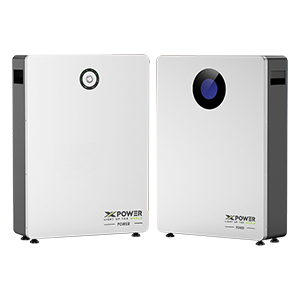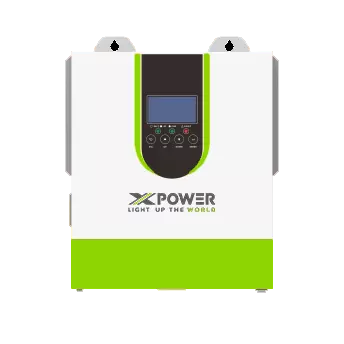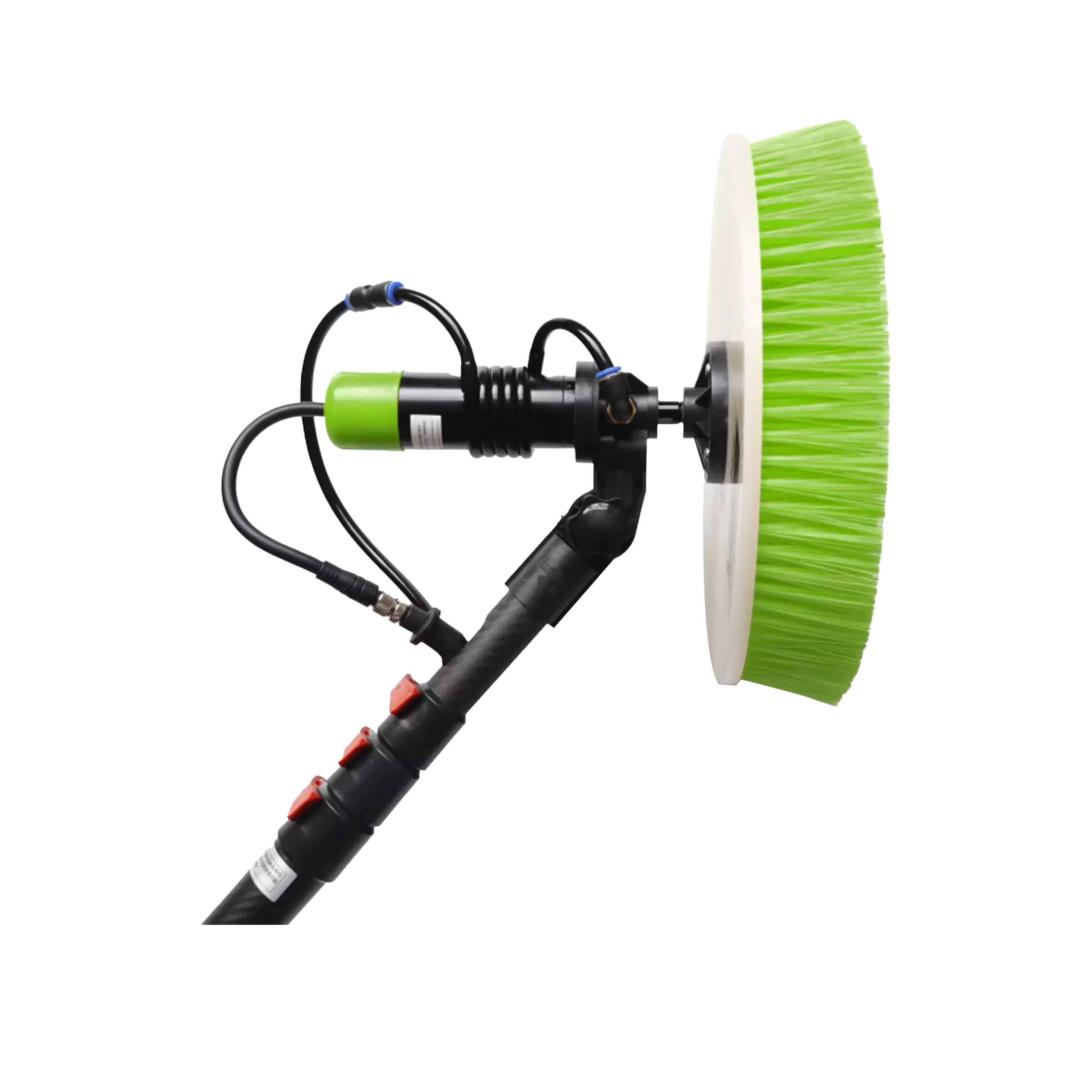Ein umfassender Leitfaden zu Solar-Montagesystemen für Flachdächer
Veröffentlichungszeitpunkt: 2024-10-12
Über den Autor:
Willkommen! Es ist mir eine Ehre, Ihnen unsere Marke vorzustellen — Xpower, der Autor dieses freundlichen Leitfadens zu Solarzellentechnologien. Mit über 15 Jahren Erfahrung in der Photovoltaikbranche (PV) bringt Xpower eine Fülle an Wissen und Fachwissen mit.
Xpower ist ein Hersteller und Exporteur im Bereich Solarenergie. Durch jahrelange praktische Erfahrung haben wir die Entwicklung der Solarzellentechnologien und ihre transformativen Auswirkungen auf die Landschaft der erneuerbaren Energien miterlebt.

Da die Nachfrage nach erneuerbarer Energie weiter steigt, hat sich Solarenergie als führende Lösung für Wohn- und Gewerbegebäude herauskristallisiert. Flachdächer, die häufig auf Industrie- und Gewerbegebäuden zu finden sind, bieten einzigartige Möglichkeiten für die Installation von Solarmodulen. Die Wahl des richtigen Solarmontagesystems ist entscheidend für die Optimierung der Leistung und die Gewährleistung der Langlebigkeit Ihrer Solarinvestition. In diesem Artikel untersuchen wir die verschiedenen Arten von verfügbaren Flachdach-Solarmontagesystemen und heben ihre Vorteile und Überlegungen hervor.
1. Ballastierte Montagesysteme
Ballastierte Montagesysteme sind eine ausgezeichnete Wahl für Flachdächer, da sie Gewichte verwenden, um Solarmodule zu befestigen, ohne das Dachmaterial zu durchdringen. Dieser Ansatz minimiert das Risiko von Undichtigkeiten und trägt dazu bei, die Integrität des Daches zu erhalten.
Vorteile:
Keine Dachdurchdringung: Durch die Vermeidung von Durchdringungen verringern diese Systeme die Wahrscheinlichkeit von Lecks und führen normalerweise nicht zum Erlöschen der Dachgarantie.
Schnelle Installation: Da kein Bohren erforderlich ist, kann die Installation effizienter durchgeführt werden.
Flexibilität: Ballastierte Systeme können bei Bedarf problemlos angepasst oder verlagert werden.
Überlegungen:
Erfordert eine ausreichende strukturelle Unterstützung, um das zusätzliche Gewicht des Ballasts zu tragen.
Möglicherweise nicht für Dächer in Gebieten geeignet, in denen starke Winde auftreten.
2. Durchdringende Montagesysteme
Bei durchdringenden Montagesystemen werden Solarmodule mithilfe von Halterungen, die das Dachmaterial durchdringen, direkt an der Dachkonstruktion befestigt. Diese Methode bietet eine robuste Lösung zur Befestigung von Solaranlagen.
Vorteile:
Stabilität: Diese Systeme bieten verbesserte Stabilität bei Wind und sind daher ideal für verschiedene Klimazonen.
Niedrigeres Profil: Ein stromlinienförmigeres Design verringert den Windwiderstand, was in bestimmten Umgebungen von Vorteil sein kann.
Überlegungen:
Um Undichtigkeiten und mögliche Schäden an den Dachmaterialien zu vermeiden, ist eine ordnungsgemäße Installation von entscheidender Bedeutung.
Aufgrund von Durchdringungen besteht möglicherweise die Gefahr, dass die Dachgarantie erlischt.
3. Hybrid-Montagesysteme
Hybrid-Montagesysteme kombinieren Elemente sowohl von Ballast- als auch von Durchdringungslösungen und bieten so einen ausgewogenen Ansatz zur Installation von Solarmodulen.
Vorteile:
Vielseitigkeit: Hybridsysteme sind für unterschiedliche Dachtypen und -bedingungen geeignet und bieten Flexibilität bei der Installation.
Verbesserte Stabilität: Durch die Integration beider Sicherungsmethoden bieten diese Systeme eine erhöhte Stabilität in anspruchsvollen Umgebungen.
Überlegungen:
Aufgrund der Komplexität der Installation sind möglicherweise eine professionelle Beurteilung und Planung erforderlich.
Durch die Kombination der verwendeten Materialien können höhere Kosten entstehen.
4. Geneigte Montagesysteme
Geneigte Montagesysteme richten Solarmodule schräg aus, optimieren so die Sonneneinstrahlung und verbessern die Energieproduktion.
Vorteile:
Höhere Effizienz: Schräg angebrachte Paneele fangen mehr Sonnenlicht ein, was insbesondere in Regionen mit geringem Sonnenstand von Vorteil ist.
Verbesserter Luftstrom: Eine verbesserte Belüftung kann zur Kühlung der Paneele beitragen und so möglicherweise die Effizienz und Lebensdauer erhöhen.
Überlegungen:
Um sicherzustellen, dass das Dach die zusätzliche Höhe und das zusätzliche Gewicht tragen kann, sind statische Beurteilungen erforderlich.
Eine stärkere Witterungseinwirkung kann einen erhöhten Wartungsaufwand erfordern.
5. Schienenlose Montagesysteme
Schienenlose Montagesysteme machen herkömmliche Schienen überflüssig und ermöglichen die direkte Befestigung von Solarmodulen mit innovativen Halterungen auf dem Dach.
Vorteile:
Reduzierter Materialeinsatz: Weniger Komponenten führen zu geringeren Kosten und einer geringeren Umweltbelastung.
Optimierte Installation: Das vereinfachte Design kann bei der Installation Zeit und Arbeit sparen.
Überlegungen:
Erfordert eine sorgfältige Planung, um die richtige Ausrichtung und Stabilität sicherzustellen.
Möglicherweise sind nicht alle Dachtypen mit geländerlosen Designs kompatibel.
6. Integrierte Montagesysteme
Integrierte Montagesysteme sind so konzipiert, dass sie sich nahtlos in die Dachkonstruktion einfügen, wobei häufig spezielle Dachmaterialien zum Einsatz kommen.
Vorteile:
Ästhetik: Diese Systeme bieten ein klares, geradliniges Erscheinungsbild und verbessern die Gesamtoptik des Gebäudes.
Effizienz: Integrierte Designs können die Leistung sowohl des Dachs als auch der Solarmodule verbessern.
Überlegungen:
Mit speziellen Materialien und Designanforderungen können höhere Anschaffungskosten verbunden sein.
Für eine optimale Leistung ist die Liebe zum Detail während der Entwurfsphase von entscheidender Bedeutung.
Abschluss
Die richtige Wahl Flachdach-Solarmontagesystem ist entscheidend für die Maximierung der Effizienz und Langlebigkeit Ihrer Solaranlage. Jede Art von Montagesystem – ob ballastiert, durchdringend, hybrid, geneigt, schienenlos oder integriert – hat seine einzigartigen Vorteile und Überlegungen. Bei der Entscheidungsfindung ist es wichtig, Ihre spezifischen Bedürfnisse, Dacheigenschaften und lokalen Wetterbedingungen zu bewerten.
Die Beratung durch Solarexperten kann wertvolle Erkenntnisse liefern und Ihnen dabei helfen, das beste Montagesystem für Ihr Projekt auszuwählen. Mit dem richtigen Ansatz können Solaranlagen auf Flachdächern erheblich zu nachhaltigen Energiezielen beitragen und gleichzeitig langfristig Energiekosten sparen.





